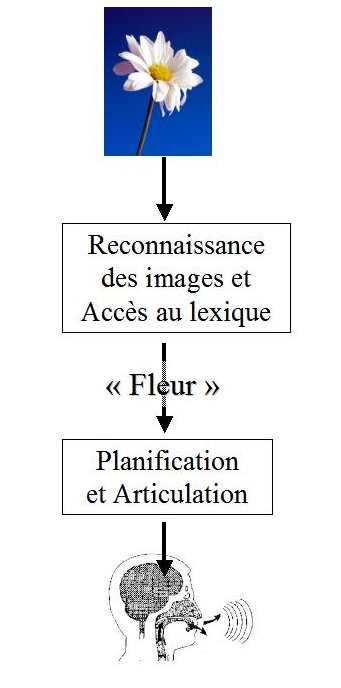| [1]
|
RJ van Beers, P Baraduc, and
DM Wolpert. Role of uncertainty in sensorimotor control. Philosophical
Transactions of the Royal Society of London B Biological Science,
357(1424):1137-1145, 2002. [ .pdf | Abstract
] |
| [2]
|
KP Körding and DM Wolpert.
Bayesian integration in sensorimotor learning. Nature,
427:244-247, 2004. [ .pdf
| Abstract
] |
| [3]
|
KP Körding, S Ku, and
DM Wolpert. Bayesian integration in force estimation. Journal
of Neurophysiology, 92:3161-3165, 2004. [ .pdf | Abstract
] |
| [4]
|
MO Ernst and MS Banks. Humans
integrate visual and haptic information in a statistically optimal
fashion. Nature, 415:429-433, 2002. [ .pdf | Abstract
] |
| [5]
|
AC Courville, ND Draw, and
DS Touretzky. Bayesian theories of conditioning in a changing
world. Trends in Cognitive Sciences,
10(7):294-300, 2006.[ .pdf
| Abstract
] |
| [6]
|
A Yuille and D Kersten. Vision as
bayesian inference: analysis by synthesis? Trends in
Cognitive Sciences, 10(7):301-308, 2006.[ .pdf | Abstract
] |
| [7]
|
JB Tenenbaum, TL Griffiths, and
C Kemp. Theory-based bayesian models of inductive learning and
reasoning. Trends in Cognitive Sciences,
10(7):309-318, 2006.[ .pdf
| Abstract
] |
| [8]
|
KP Körding and DM Wolpert.
Bayesian decision theory in sensorimotor control. Trends in
Cognitive Sciences, 10(7):319-326, 2006. [ .pdf | Abstract
] |
| [9]
|
M Steyvers, TL Griffiths, and
S Dennis. Probabilistic inference in human semantic memory. Trends
in Cognitive Sciences, 10(7):327-334, 2006. [ .pdf | Abstract
] |
| [10]
|
N Chater and CD Manning.
Probabilistic models of language processing and acquisition. Trends
in Cognitive Sciences, 10(7):335-344, 2006.[ .pdf | Abstract
] |
| [11]
|
DW Massaro and DG Stork. Speech
recognition and sensory integration: a 240-year-old theorem helps
explain how people and machines can integrate auditory and visual
information to understand speech. American Scientist,
86(3):236-239, 1998.[ .pdf
| Abstract
] |
 Figure 1
Figure 1